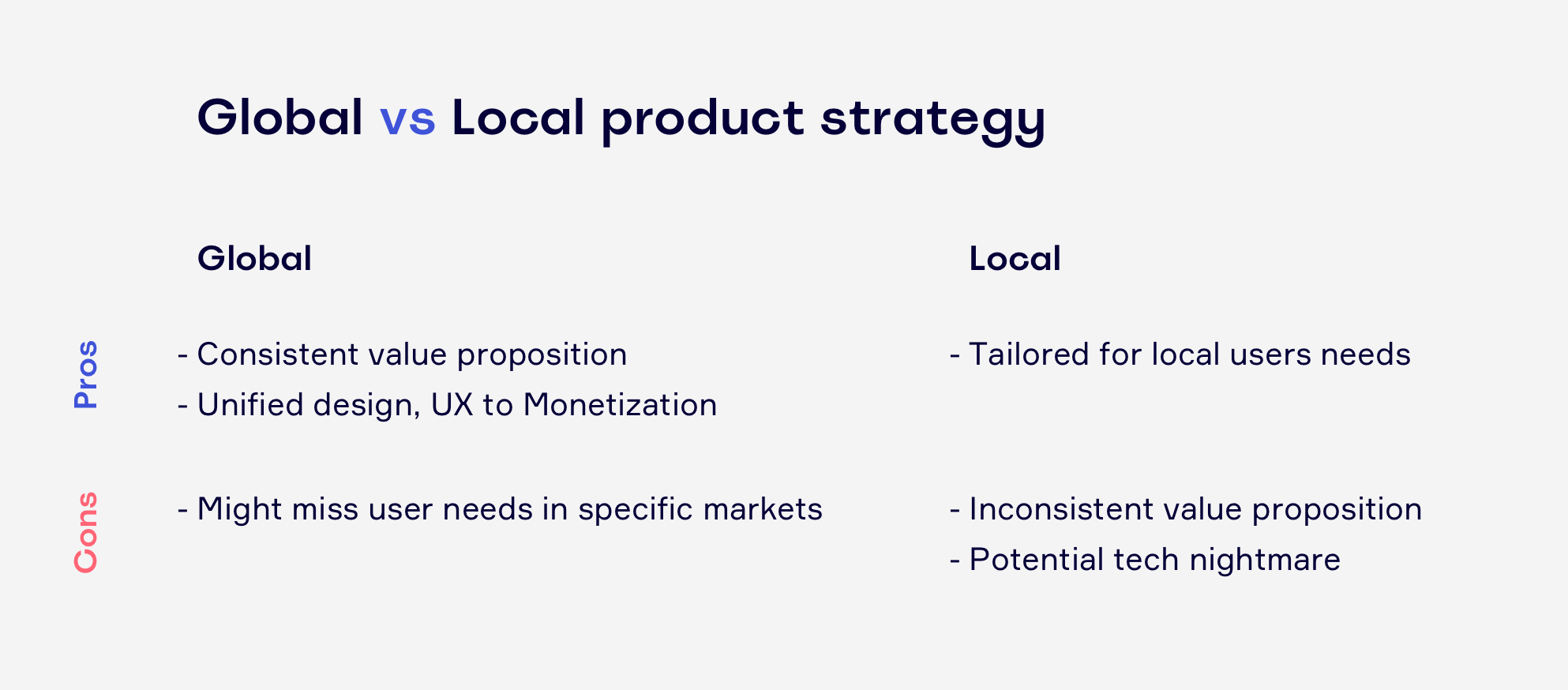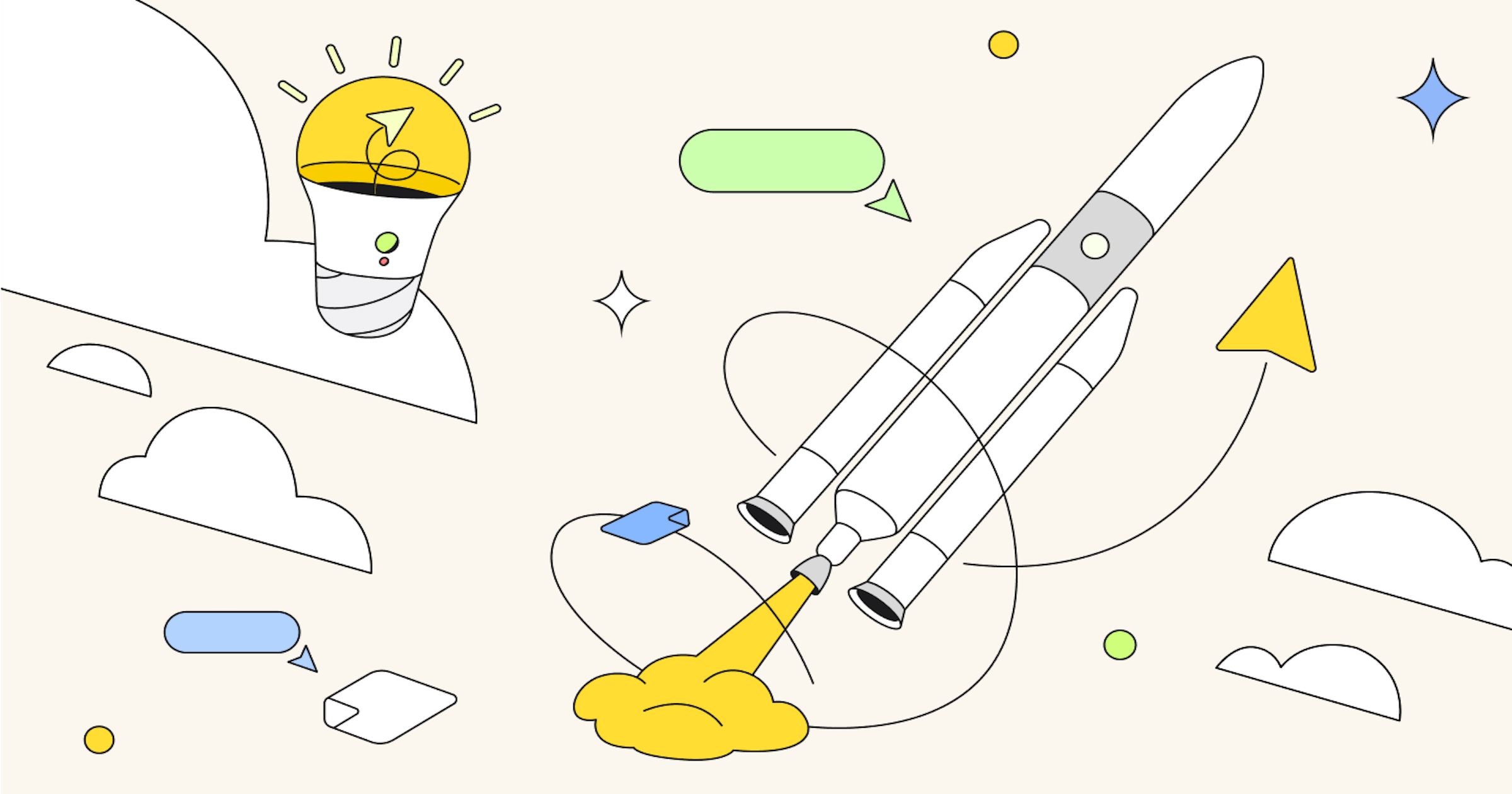New markets, new rules: Insights from Pinterest’s product team on adapting to globalization

Hollis Kool
Author
Expanding into global markets means that internal modes of operation at both the team and company levels need to change, too. The Pinterest Ads product team — composed of PMs across the US who are involved in markets abroad — often consider the implications of globalization on their own collaboration and processes.
Here are my learnings from our recent semi-distributed meetup at Product School, where three Pinterest PMs across the US video-ed in from San Francisco, Seattle and New York to share their insights about how to improve remote teamwork.
Leading product strategy for global teams
In his talk, Tan shed light on how global product teams can juggle communication across both remote and collocated teams, identifying internal methods of alignment on goals, priorities, and ownership between HQ and localized offices. As a workplace becomes geographically divided, either HQ or the executive leadership must decide who works in each localized team and define their role relative to the central office.
This is where careful consideration of organizational structure comes in. The goal is to create a symbiotic relationship, in which both localized and centralized teams feel like expectations around roles, responsibilities, and the direction of communication flow are clear.

- Satellite office: easiest to operate, as there’s a unidirectional line of delegation from HQ to remote teams, with specific projects by teams (e.g. application maintenance).
- Local ownership: requires strong local leadership with talent-dependent teams. Each localized team owns a special project, while HQ serves to oversee the holistic vision.
- True partnership: most difficult to execute, relies on mature teams typically within R&D. Sub teams at HQ and local teams are working on overlapping projects.
The main complaint of remote teams is that HQ doesn’t understand how to support the localized teams or what they need. Similarly, HQ can often feel like local teams are working on specialized features that don’t align with the company vision. To mitigate such rifts, Tan reminds us: “Over-communicate. Repeat, repeat, repeat.”
To reduce the communication gap between collocated and distributed teams and increase inclusion, he advises teams to celebrate important milestones with local teams as well. “If you are ordering swag, send it to remote teams too,” he says.
[rtb_inline_subscription id=”1″ size=”small” header=”Subscribe to learn more about managing remote product teams!” button=”black”]
Effective communication
for remote PMs
An inherent part of managing global product markets and teams is orchestrating effective communication across distributed offices. Through his experience working on teams with over 16 hours time difference between US, London, Shanghai, and Hong Kong, Yuen expresses the importance of empathy. He describes a scenario that should be familiar to anyone who works on a remote team: “We would play a fun game of telephone, where I would meet with the London team in the morning from Seattle, pass on the message to the Shanghai team in the afternoon meeting and so on.”
While globalization and distribution of teams is a growing and inevitable aspect of how work is evolving, Yuen recommends reframing the issue. Rather than viewing distributed teamwork as a lesser form of communication or limited operating capacity, Yuen sees it as an opportunity for disruption and innovation in the way that we fundamentally work.
“We turned the challenge from not being able to run the race together, to a relay race where one team would sprint during the working hours, then pass off the baton to the next team during the brief overlap,” he explained.
Without full adjustment to new modes of communication, localized teams may feel out of the loop on the big-picture efforts orchestrated by HQ. To work better and maintain alignment with HQ teams, it’s crucial to establish methods for regular and concise updates on goals. With teamwork changing at this scale, there’s also opportunity for new ways of communicating and operating. Aaron urged the audience to consider creative methods for relaying updates while still being conscious of tone, efficiency, and time zone constraints.

If your product exists in a global market, it’s important to have your pulse on all of the new considerations that arise with tailoring a product to local users and conditions. Product incubation considers these very sensitivities at the roll-out and adoption of new products in new markets.
Han, who helped launch Pinterest Ads in the UK and develop Pinterest’s first non-English-speaking market in France, believes empathy is the critical ingredient to successful product globalization. Knowing how to cultivate empathy in specific ways is another story, though. To bridge conversations around planning, building, and shipping products effectively in new markets, ask:
1.
Is there product parity?
Product availability varies market-by-market due to legal or cultural restrictions. Be clear at the outset about market availability so engineering and product teams on the ground can adjust their goals around timelines, and sales, ops and marketing are all clear on the user base. “It sounds like a no-brainer, but teams always ask if tools are available in their market,” Christine says. “If you don’t have a clear list of offerings by market, I recommend having one.”
2.
How is each market unique?
Naturally, global markets vary by language and culture. This cannot be overlooked in the product offering. It’s helpful to start by thinking about how teams and orgs might be using your products differently given their different markets or norms of operating. Learning styles and product interactions could vary by product market, too.
3.
How can I help you help yourself?
A major key if you’re managing a product in a global market with local teams is through empowering them with the proper tools and trainings involved in implementing in different markets. “Assume that the teams on the ground will have to wear multiple hats,” Christine points out, noting that international offices tend to be operating off of fewer resources. “Ask how you can help in advocating for critical resources to enable them further.”






